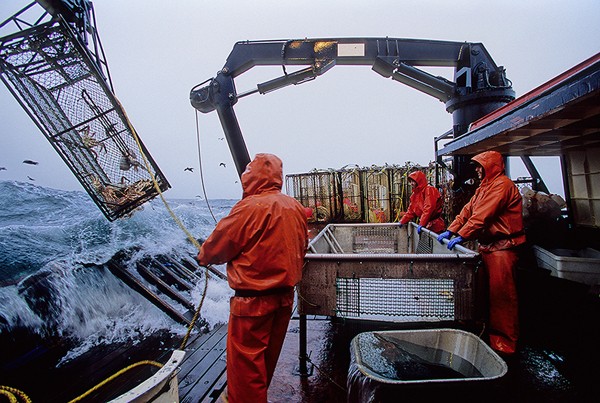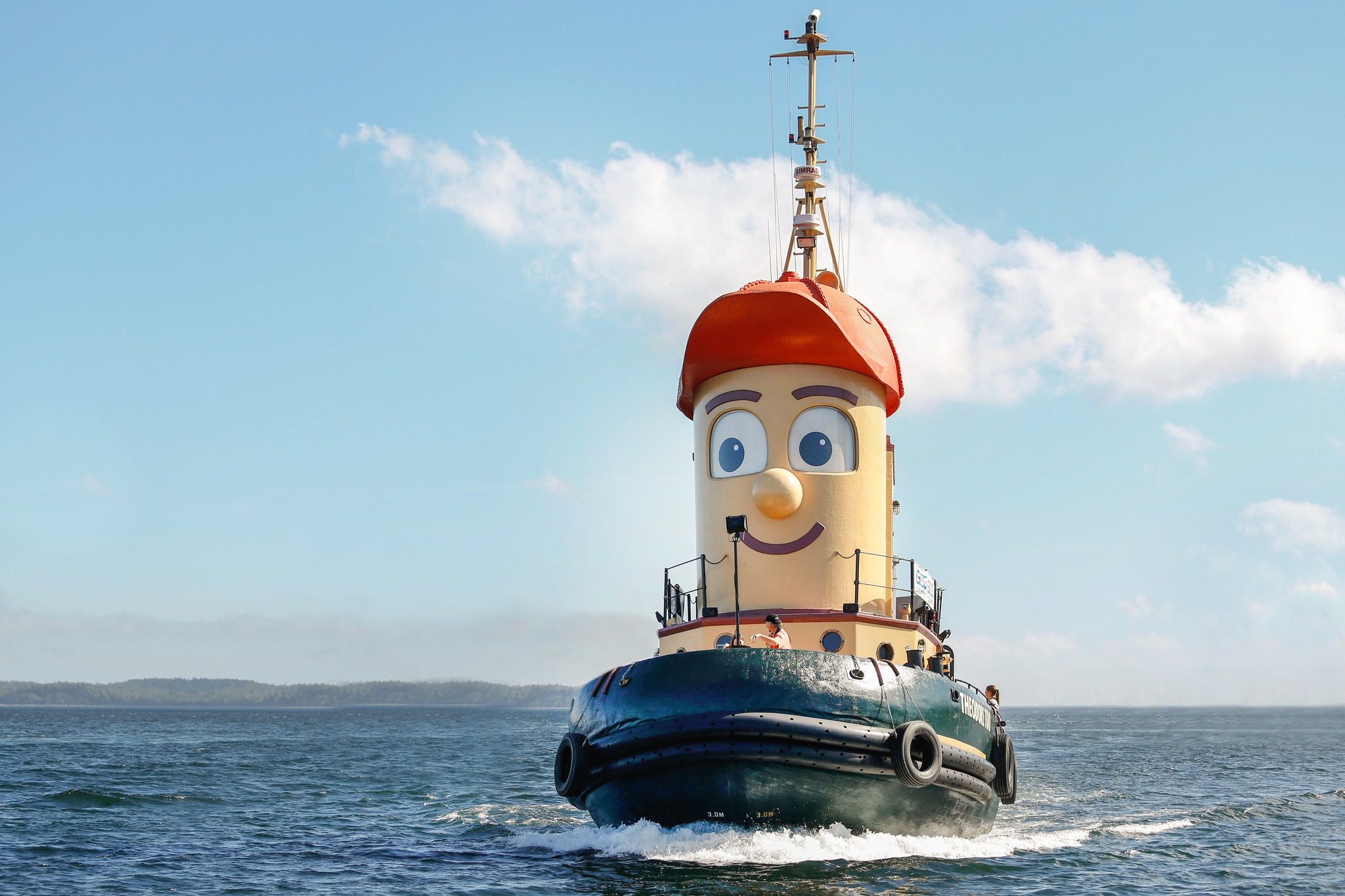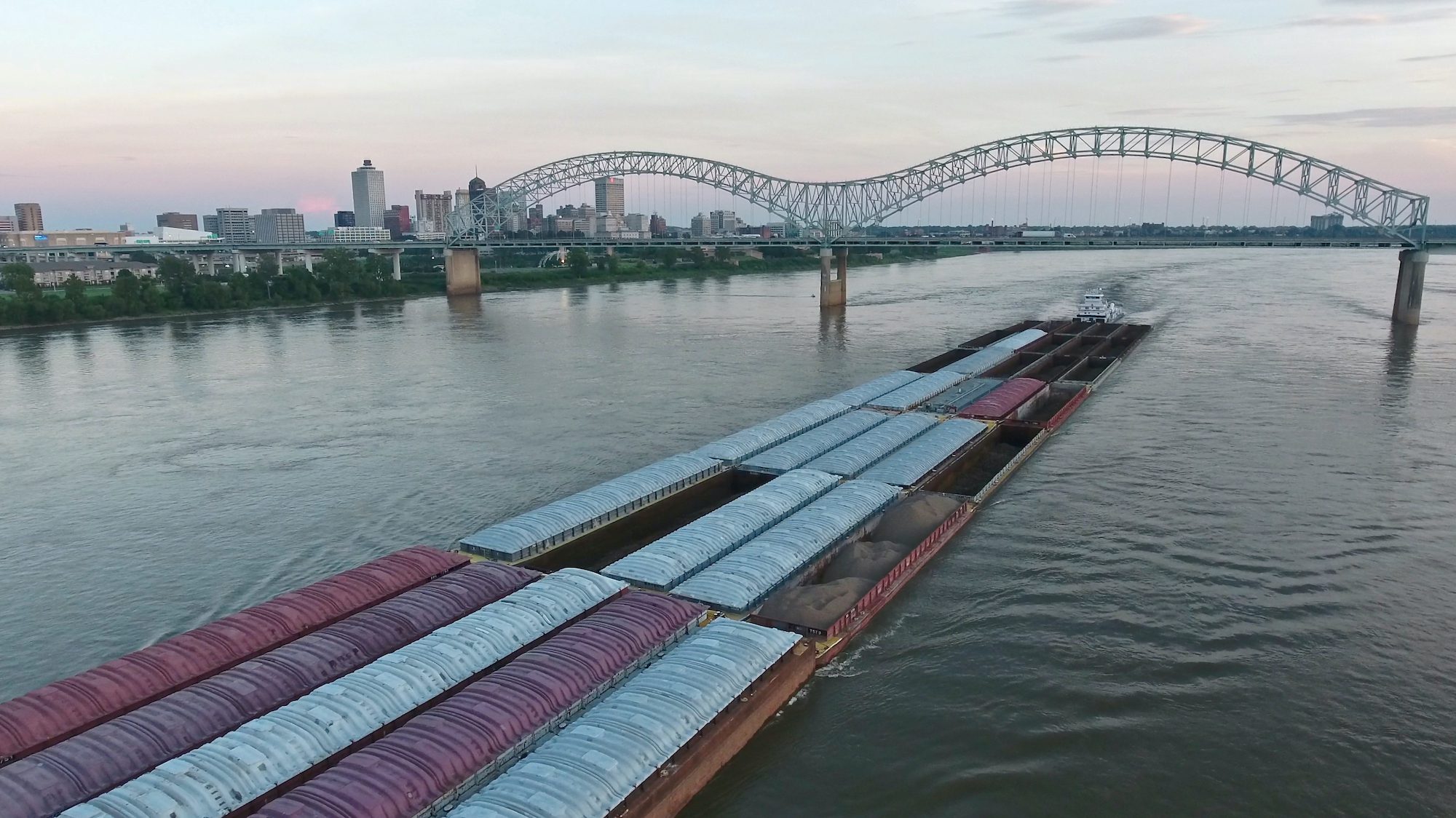– By Scott Campbell Jr., The Wall Street Journal
Many people think I’m crazy for making a living by catching crabs in Alaska. Battling 20-foot waves in icy conditions and hauling heavy equipment is part of the job description. My dad, a lifelong fisherman, tried to get me to pick a safer career. A fireman once came up to me and told me he wouldn’t want my job, which was hard for me to believe.
But I can understand where my dad and that fireman were coming from. In 2010, commercial fishing once again topped the list of deadliest jobs in the U.S. According to the Bureau of Labor Statistics, fishermen faced a fatality rate 33 times the average U.S. worker.
Catching crab in the Bering Sea can be treacherous. But most people don’t realize that it’s become a lot less deadly since 2005, when fishing regulations for Bering Sea crab changed dramatically. The old regulations forced fishermen to race against the clock. To control overfishing, the government set a cap on how much crab fishermen could collectively catch, and we all had to stop when that limit was reached. Some years that meant we had seasons as short as three days. As in a car race, boats used to line up for the minute the season began.
This intense competition was thrilling but it was also incredibly dangerous. Crabbers worked around the clock, sometimes in terrible weather. There was no time to go back and forth to the docks, so some boats would be overloaded with too many crab pots, making them unstable. The result was that from 1990 to 2005 an average of five crabbers died a year.
Part of my finger was cut off during a violent storm when I got knocked off of my feet and landed on an air compressor. I decided against going to the hospital to have it stitched back on because I knew the fishing season could end any day and my crew had mortgages to pay. I nearly lost my hand after developing a nasty infection.
If that accident happened today, there wouldn’t be nearly as much pressure to keep fishing. Since August 2005, we fish under a much better system called “catch shares,” which are also in place in some other fisheries. Now regulators divide up how much crab the fleet can catch among individual fishermen, as opposed to collectively, so we can fish at our own pace during significantly longer seasons. Tighter Coast Guard requirements have also improved safety.
I believe catch shares have saved lives in Alaska because crabbing deaths are much less common now.
Since we switched to catch shares, one commercial crabber has died in the fisheries in the Bering Sea and Aleutian Islands. He was a good friend of mine who worked on my boat. His tragic death happened on a very calm day at sea, which is a reminder that fishing is still a very risky job even with longer seasons. But fishing shouldn’t be made any more dangerous than it has to be.
Alaska crab isn’t the only seafood that is safer to fish under catch shares. I’ve heard halibut fishermen say their jobs aren’t nearly as dangerous compared to when the halibut season was limited to a couple of 24-hour windows in a year.
Catch shares have brought other benefits. Now we have a stake in protecting crab populations for the future. Because we aren’t in such a race against the clock, we’re able to get more young and female crabs we don’t keep back into the ocean unharmed. When we find an area has too many juvenile crabs, there’s time to go somewhere else instead.
Fishermen are earning more and the jobs now are more stable because we have much more time to catch crab. We can plan better because we know in advance how much crab we’re allowed to catch.
Crabbing before and after catch shares is like night and day. There’s no way I’d choose to go back to the old derby days.
—
Mr. Campbell can be seen on the “Deadliest Catch” TV show. He is captain of the Seabrooke and catches king crab and snow crab. When he is not fishing in Alaska, he lives in Walla Walla, Wash.
Unlock Exclusive Insights Today!
Join the gCaptain Club for curated content, insider opinions, and vibrant community discussions.

 Join The Club
Join The Club










